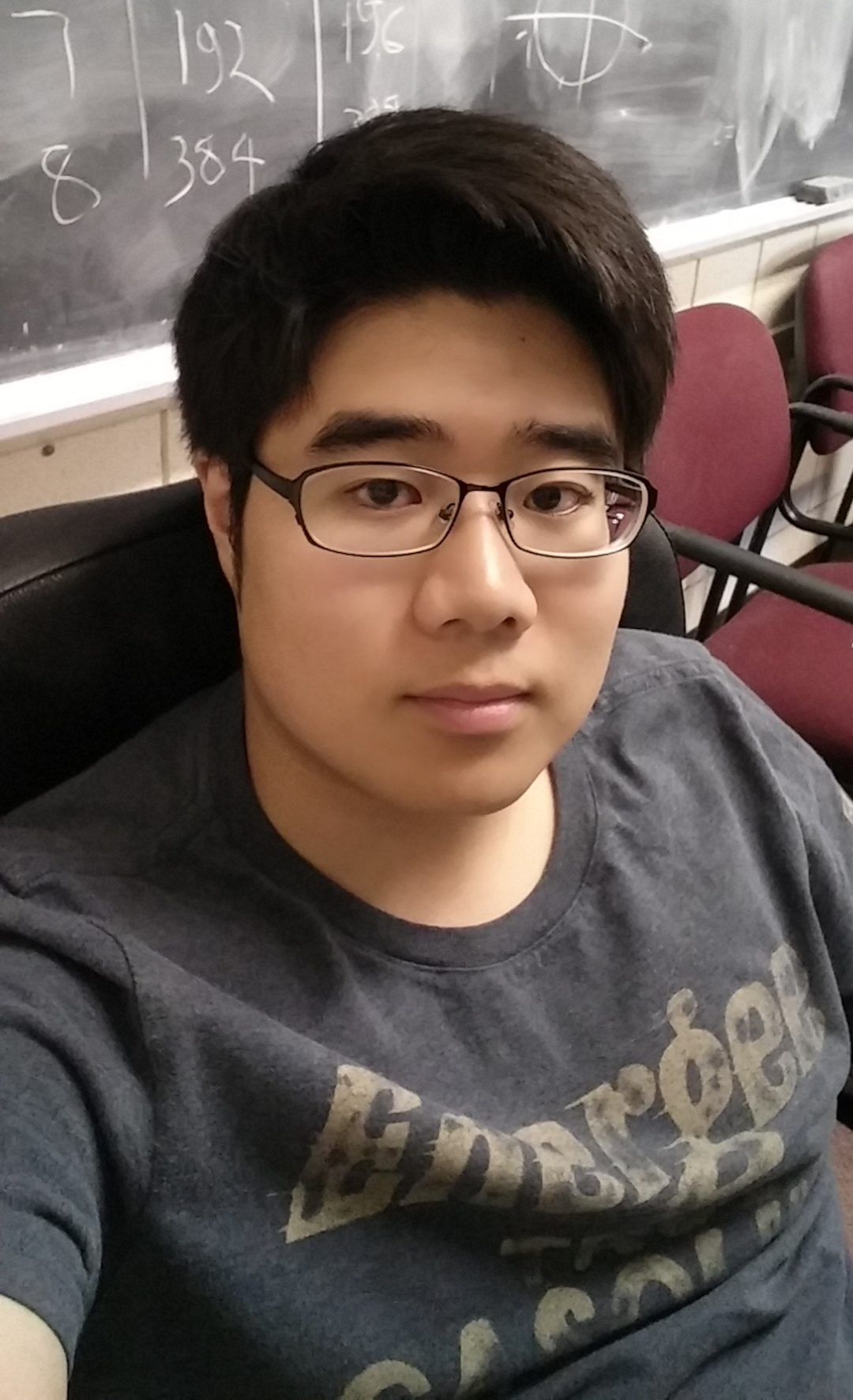Multiple Gravity-Assist Trajectory Design with Continuous-Thrust Synergetic Maneuvers
Published in Ph.D Dissertation, 2024
By applying a thrusted maneuver during a flyby, a synergistic effect can be achieved, enhancing maneuverability or the capability to target the next encounter. This specific technique is termed a synergetic maneuver and is applied via continuous low-thrust in this research. This maneuver is highly effective since it is applied near the periapsis, resulting in a maximum increase in orbital energy. Designing a multiple gravity assist trajectory with low-thrust synergetic maneuvers addresses several problems. The overall problem is divided into two sections: searching for sequence/phasing and generating powered flyby trajectories. The sequence and phasing search employs a low-accuracy linked-conic model (with no thrust applied) to determine the preliminary order and timing of encounters. The search algorithm resembles a depth-first-search on a tree structure. To execute the search, the algorithm automatically analyzes Tisserand’s graph and porkchop plots (contours of delta-v’s plotted for planetary departure and arrival dates). Tisserand’s graph offers a proper order of flybys, while the porkchop plot provides the timing of each encounter. Subsequently, the powered gravity assist algorithm leverages the sequence/phasing solution to generate a multiple gravity assist trajectory with continuous low-thrust. Differential evolution is employed to determine the appropriate thrust magnitude and direction within the planet’s sphere of influence. This optimized thrust profile facilitates the search for the next encounter and flyby. The dissertation not only presents the development of algorithms for the two stages but also illustrates their implementation in generating trajectories. Principal results include algorithms for designing such a mission, demonstrated effectiveness of the method using examples based on historic missions (Voyager 2 and Pioneer 11), the ability to augment an historic mission with the addition of another planetary encounter, and the ability to design a mission without the need for deep space maneuvers.
Recommended citation: Ghanghoon Paik. (2024). "Multiple Gravity-Assist Trajectory Design with Continuous-Thrust Synergetic Maneuvers."
Download Paper
